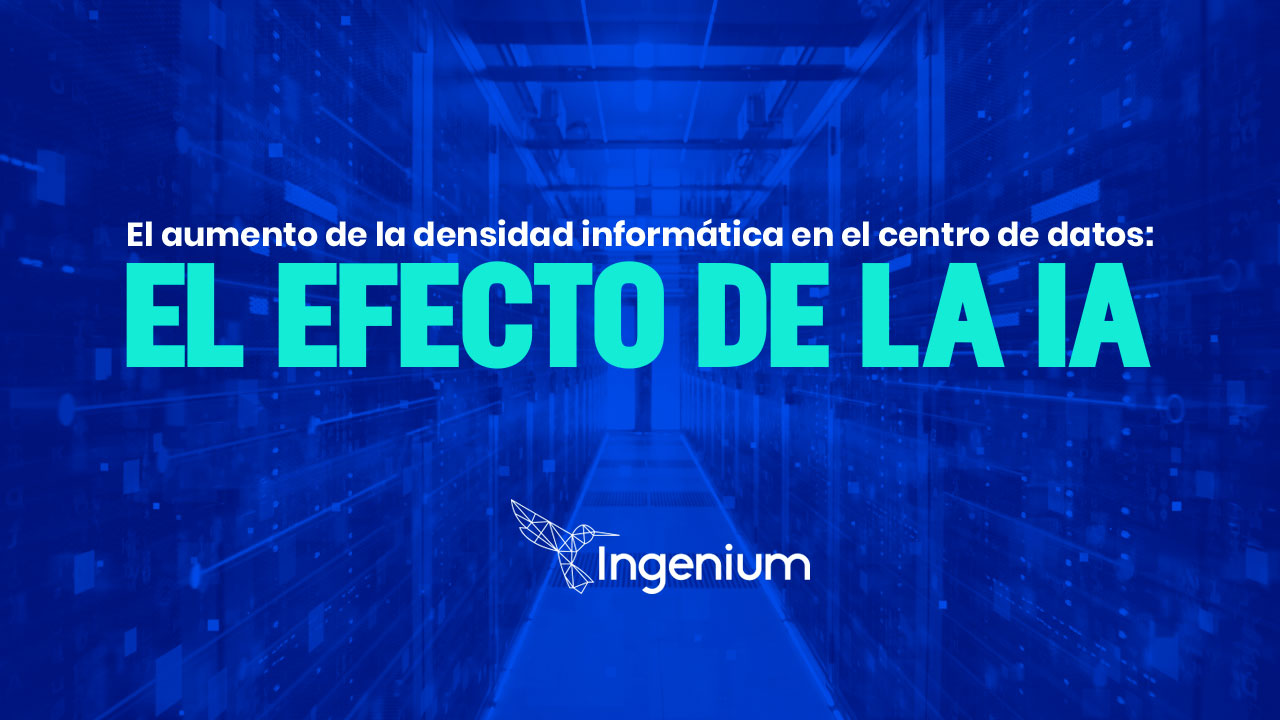Increasingly data-driven workloads, including artificial intelligence (AI) and other types of high-performance computing, lead to higher compute and storage capacity in data center racks. According to a survey conducted by the Uptime Institute, more than one-third of data center operators have reported a rapid increase in rack densities over the past three years.
The same report adds that nearly half of these facilities with capacities of 10 MW or more report rack densities greater than 20 kW, and 20% report having racks greater than 40 kW.
As rack densities increase, so do the challenges of Energy consumption and cooling. New cooling designs have an obligation to maintain optimal performance and prevent problems related to heat generated by servers.
The liquid cooling revolution
Although liquid cooling is not a new concept, the rapid rise in high-density computing has driven its adoption as these liquid cooling solutions offer a more efficient cooling method than traditional air cooling systems.
According to Vertiv, liquid cooling takes advantage of the superior heat transfer properties of water and other fluids to facilitate efficient and economical cooling of high-density racks. It has been found to be up to 3000 times more effective than traditional air cooling methods.
Data Center Dynamics describes liquid cooling as "a roadmap for continued success" in high-density rack cooling and the most viable solution for bringing liquid cooling to the rack. Liquid cooling leverages the increased heat transfer properties of refrigerants or other fluids for efficient and cost-effective cooling of high-density racks.
The Future of Data Center Cooling
Although liquid cooling is not a new technology, the first wave of successful, efficient and trouble-free deployments in high-density environments has been proof that its adoption will increase during the rest of the year, according to Vertiv's trend forecast for 2023.e Vertiv para 2023.
In the Latin American context, where the cost and availability of energy is a challenge, it is increasingly critical to find economical and energy-efficient cooling solutions.
In this case, liquid cooling is presented as an attractive option as it can offer higher cooling performance with less energy compared to traditional air cooling systems. In addition, it leverages the increased heat transfer properties of water or other fluids to support efficient and economical cooling of high-density racks.
Some types of liquid cooling include:
- ● Direct liquid cooling to chip: This technology allows greater contact with the heat-generating parts of the servers and, in this way, better temperature management. Direct-to-chip cold plates sit on top of the heat-generating components of IT equipment and extract heat by means of single-phase cold plates or two-phase evaporation units.
- ● Immersion liquid cooling:: This technique immerses servers and other components in a tank of liquid or dielectric and thermal conduction fluid. The liquid dissipates the heat produced by the electronic components efficiently. Through the use of refrigerant distribution units, heat is transferred through the facility and to the outside to facilitate dissipation.
- ● Backdoor heat exchangers: : passive or active heat exchangers replace the rear door of the IT equipment rack with a liquid heat exchanger. They can work in conjunction with air cooling, reducing the temperature of the return air at the rear of the rack and improving cooling capacity in environments with mixed rack densities.
Este artículo ha sido desarrollado gracias a una asociación entre Ingenium and Vertiv con el objetivo de complementar sus tecnologías y conocimientos para ofrecer alternativas que faciliten el crecimiento y la expansión de los centros de misión crítica, especialmente en lo relacionado con la densidad de los racks en Latinoamérica.
About the author
Alex Sasaki es el director de gestión de pedidos de ventas y aplicaciones tecnológicas en Vertiv LATAM. Gracias a sus 18 años de experiencia en el sector de tecnología, ha logrado servir como un consultor en los procesos de venta por medio de analizar los desafíos de infraestructura crítica de cada compañía y contribuir con la elaboración de una solución de personalizada que permita que la compañía usuaria final pueda alcanzar sus objetivos empresariales. Sasaki cuenta con amplia experiencia en la formación de equipos de alto rendimiento, al liderar equipos y desarrollar proyectos de infraestructura crítica para las organizaciones que son usuarias finales de las soluciones de Vertiv.



